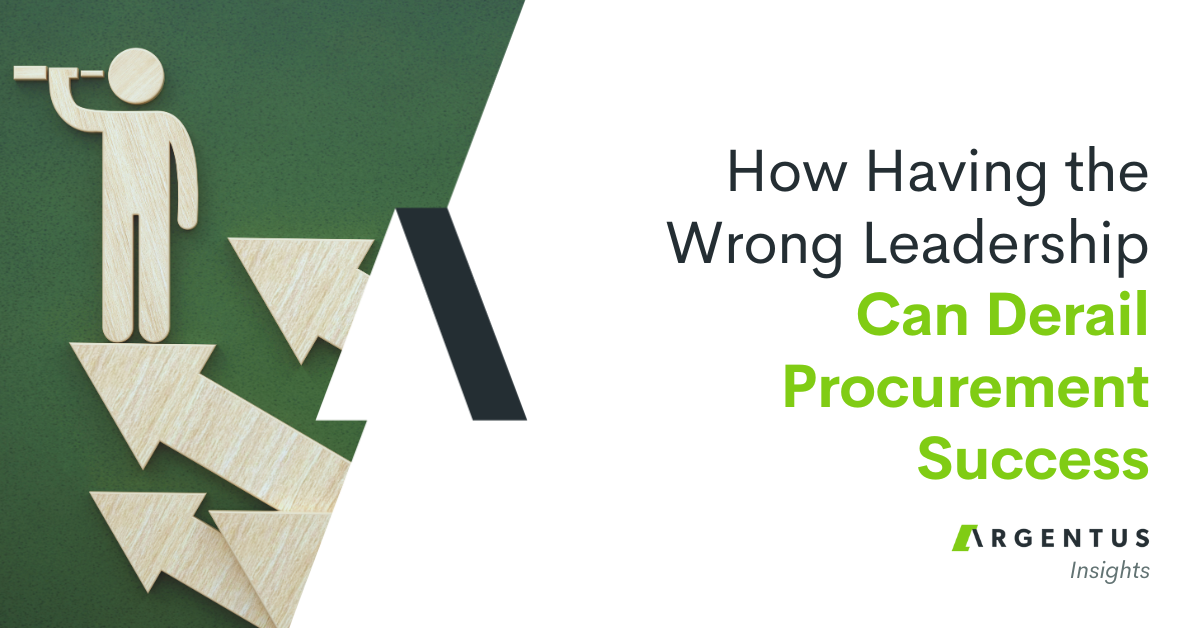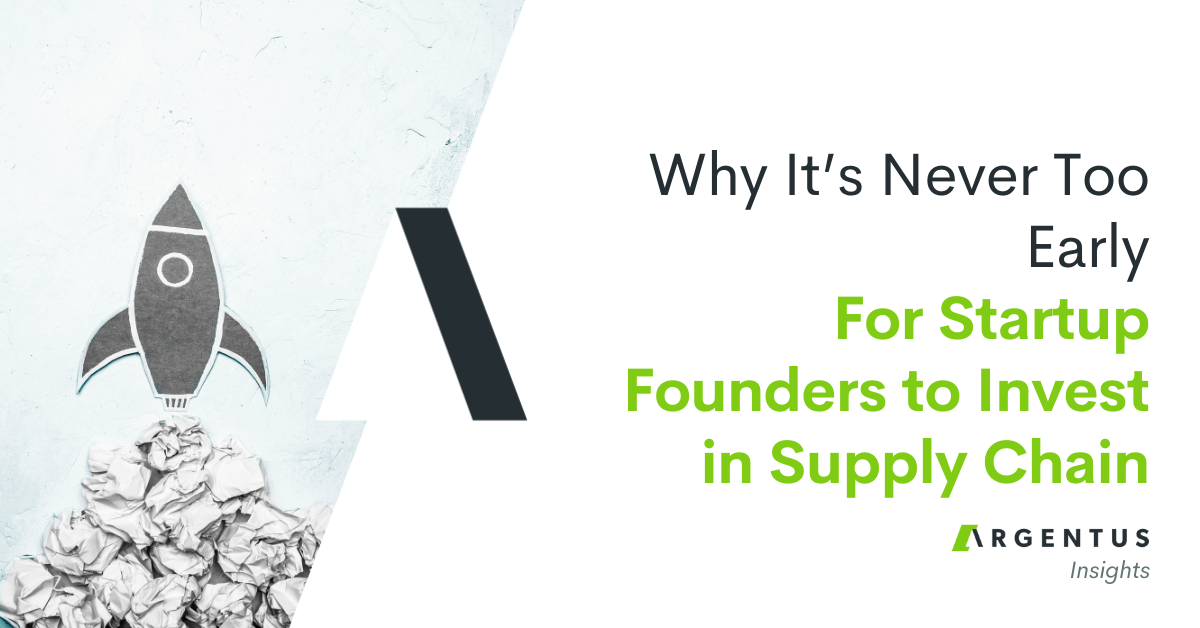Written by guest contributor Megan Ray Nichols, a freelance stem writer and the editor of Schooled By Science. For more from Megan, you can follow her on Twitter or subscribe to her blog here.
 Supply chain managers all over the world are watching as Industry 4.0 takes hold and brings productivity-boosting technologies. But which kinds of tech are most worth your attention today and into the future? Here are five that are worth keeping your eyes on.
Supply chain managers all over the world are watching as Industry 4.0 takes hold and brings productivity-boosting technologies. But which kinds of tech are most worth your attention today and into the future? Here are five that are worth keeping your eyes on.
1. Artificial Intelligence
Since the ultimate goal of AI is to replicate and hopefully improve upon human planning and thinking, it’s not hard to see why it has huge implications in supply chain management. According to IDC predictions, 50% of all business software will incorporate AI in some fashion by 2020.
For a start, artificial intelligence can substantially improve the handling of paperwork and the detection of fraud. Both processes are labor-intensive and prone to errors, but AI can generate and deliver invoices automatically and cast a far wider net for financial or procedural oddities. It can take over long bureaucratic workflows by automatically flagging relevant paperwork and sending it between parties, and ensuring fewer problems at borders or inspection points.
Probably most important is AI’s ability to engage in predictive logistics. None of us wants to be caught blindsided by problems with suppliers or shortages of key materials. AI is the supply chain’s answer for prediction-based risk management and demand forecasting. Data points as diverse as supplier inventory levels and satellite traffic maps come together when AI is on the job.
2. Robotic Process Automation (RPA)
Warehouses, distribution centers and shipping facilities are all experiencing the benefits of robotic process automation — plus a regular influx of new and increasingly accessibly priced technologies.
One type of robotic automation gives supply chain companies the ability to move materials autonomously and efficiently from one work area to another. The effect is a safer environment for all, thanks to less cross-traffic, plus higher productivity. Even companies in the bulk foodstuffs market are finding novel ways to keep materials flowing smoothly with little or no human intervention thanks to robotics.
Another type of RPA concerns the automatic gathering of data. Autonomous robots can safely wander warehouses and similar facilities to gather environmental data and do ongoing inventory counts with RFID or bar code scanning. Automation is making its way into freight handling and sorting, too, thanks to scanner-equipped conveyors and even machine vision, which may soon replace manual inspections.
3. Blockchain
Blockchain technology has implications for just about every industry, especially those which — like logistics and supply chain management — have lots of moving parts, many partners to coordinate with and lots of money changing hands and crossing borders. Here are some of the major changes worth looking forward to as blockchain improves its reach:
- Using blockchain will substantially reduce the time and expense required to send and receive payments across international borders. No more third-party settlement companies.
- Blockchain replaces messy, error-prone paperwork and compliance-related recordkeeping with a simple, streamlined, distributed ledger. Every partner and every node throughout a delivery territory has access to the same data, in real-time. As a bonus, this information can’t be removed or falsified after the fact.
- Cryptographic tagging based on blockchain will add traceability to every link in the supply chain. It also adds a layer of authenticity to every shipment, which will be a big help in stamping out counterfeit products in the military, automotive, aviation and consumer products industries.
The elimination of rafts of paperwork might not sound like the most exciting entry on our list, but it’s definitely one of the most consequential for compliance, accuracy and operational efficiency.
4. Wearables
Wearables took the consumer world by storm over the last few years and they’re coming for the supply chain, too.
Amazon already has a patent on one type of wearable technology with implications for the supply chain. The company envisions an employee wristband that would replace traditional handheld scanners. Employees would scan products as usual during picking and stowing, but the band would track their hand movements in real-time and deliver haptic feedback for improved accuracy. This is one answer to the problem of increasing choice in most marketplaces: mistakes can happen easily in facilities that handle many types of products in close proximity to one another.
Wearable AR and VR headsets are another exciting technological avenue that’s relevant to supply chain management. Facilities that rely on vehicles or heavy or complex machinery benefit from augmented and virtual reality training programs that help employees master equipment turnover or learn to perform other complex tasks in a safe environment.
5. IoT
Logistics, supply chain and fleet management companies were among the first in industry to benefit from cost-effective IoT technology. Tracking and real-time rerouting capabilities for fleets were a game-changer.
The Internet of Things is about far more than connecting our vehicles to the internet — it’s also about connecting our manufacturing facility functions and material handling equipment, too. IoT-ready conveyor belts might have vibration and voltage sensors for real-time insight into machine health. Even the loading and unloading of trucks can be optimized with smart IoT technology. The human headcount in harm’s way is reduced substantially with IoT material handling equipment — and by eliminating many “touches,” management can rest easier knowing packages aren’t sustaining damage or being missorted.
This is probably just the start of the potential disruptions to the supply chain. Managers should have a better idea of what to look for now when they find themselves under pressure to meet demand, do more with less, or stamp out a little more lag or waste from their processes. ![]()




0 Comments